Cercis canadensis
This tree has showy bright pink blooms appearing in early spring
Cercis canadensis eastern redbud
Spring is the season for the flowering trees. This native deciduous tree blooms in April or early May and produces magenta-colored buds and violet pink flowers. They are common along roadsides and near streams and bring a unique color to the spring landscape. Since it blooms before most trees have leaves, they stand out in the woodlands. The redbud is actually a member of the pea family. The pea family is not restricted to small herbaceous plants—some can be woody trees. It is a legume, but is not capable of converting nitrogen gas to nitrates.
The ½-inch flowers are pea-like in appearance and emerge in clusters before the leaves appear. These flowers are in a whorl around the branches, though when the flowers are numerous, this pattern is not always easy to see. Only long-tongued bees and hummingbirds can reach the nectar but other bees feed on the pollen. The fruits are long flat dry pods that turn from green to brown as they mature. The flowers of the Eastern redbud can be eaten in salads and a red dye can be extracted from the roots.
When the leaves emerge they are green and heart-shaped with fan-like veins. Most members of the pea family have compound leaves so this shape is unusual. The leaves are alternate on the branches. The redbud tree grows from southern Pennsylvania to the gulf coast and as far west as Kansas and Nebraska. Southwestern Pennsylvania is at the northern end of its natural range, though some maps show isolated populations in southern New England, New York State and Ontario Canada. It has been widely cultivated elsewhere as an ornamental and many varieties have been created.
The tree can grow 20-30 feet high but is generally a small understory tree, with a twisted trunk and spreading branches. The twigs are slender and dark-colored, with lighter lenticel spots. In some parts of southern Appalachia, green twigs from the Eastern redbud are used as seasoning when cooking wild game such as venison and opossum. Because of this, in these mountain areas the Eastern redbud is sometimes known as the spicewood tree.
Habitat & Range
Occasional to locally abundant in dry to moist, rich woods on limestone or diabase.
Mostly found in the south unless is a garden escapee.
| EMP: | FACU |
|---|---|
| NCNE: | FACU |
Phenology
Flowers April through May.
Plant Codes
S-rank: S5 (Secure)
G-rank: G5 (Secure)
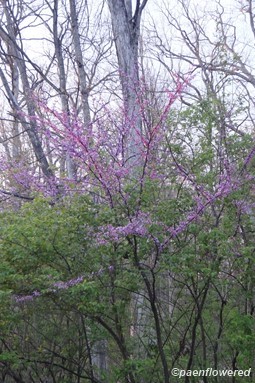
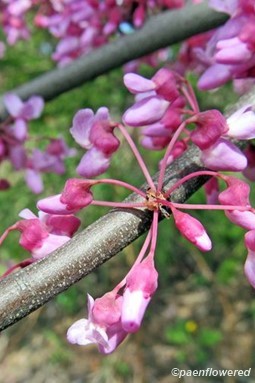
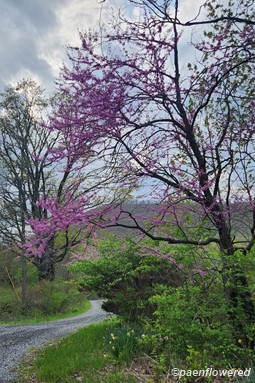
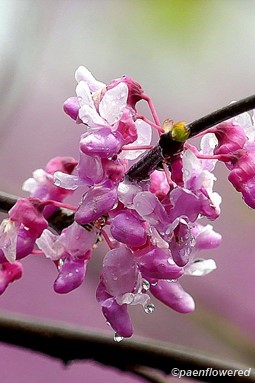
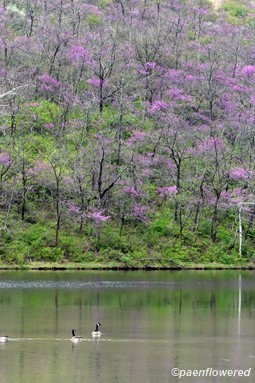
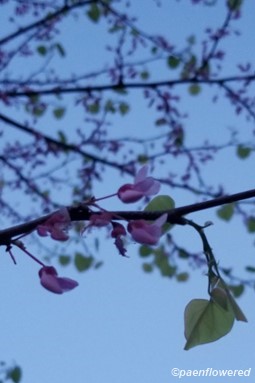
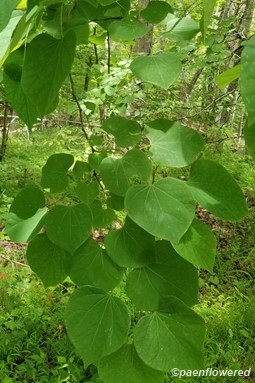
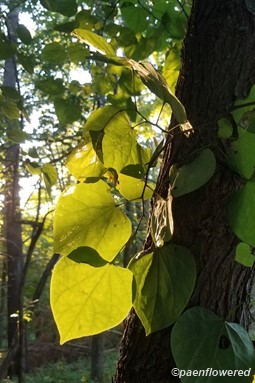
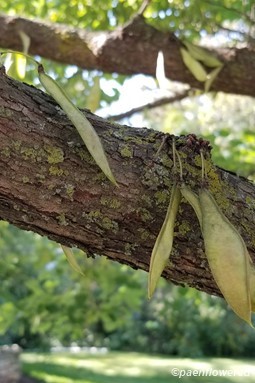
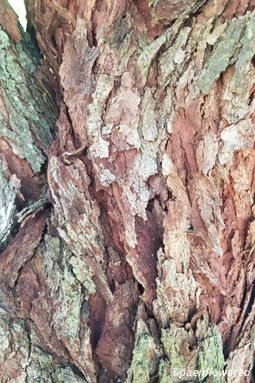

Comments
Have you spotted this plant in your area? We'd love to hear about your experience! Share your comments or questions about the plant below. Comments are moderated before posting.